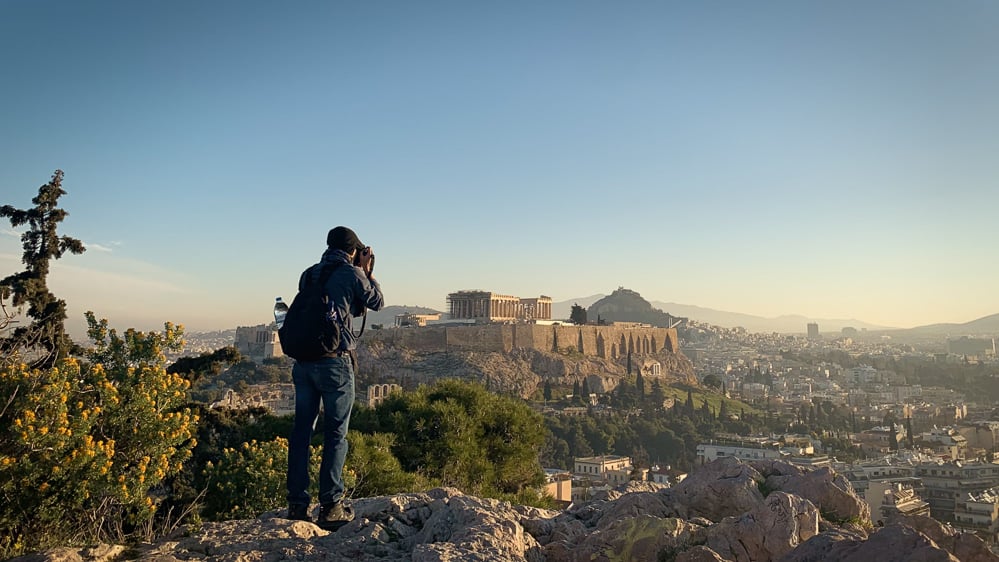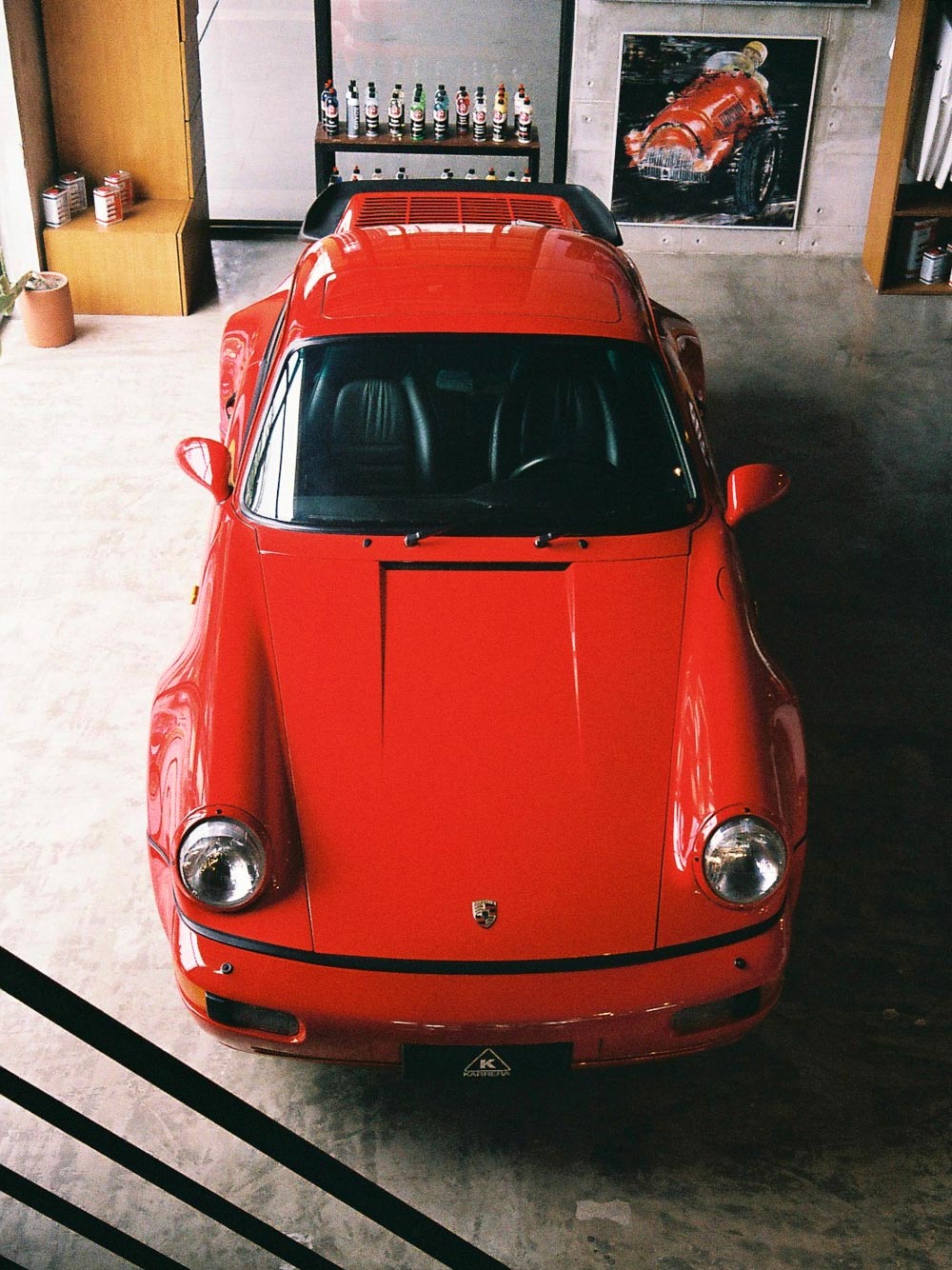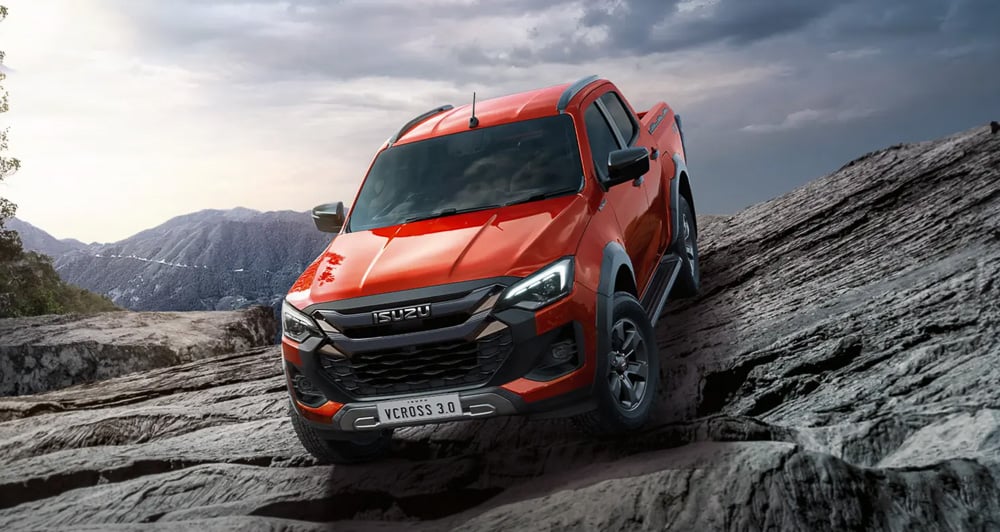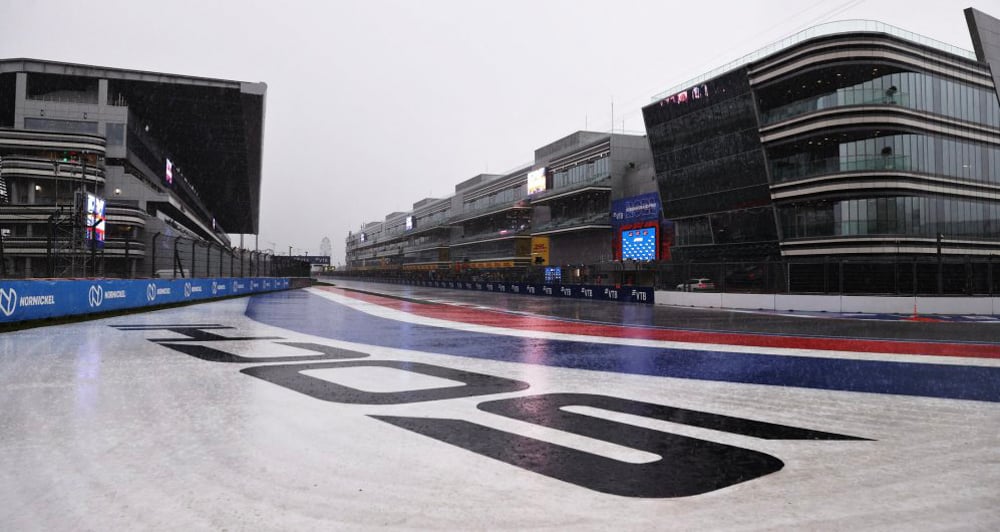
While I spend most of my time with bicycles now, I am still a car enthusiast. It’s just that my fascination with automobiles stems out of nostalgia more than anything else.
Back in 2021, photography was my greatest passion, especially the genres of travel and landscape. But with the country in a seemingly perpetual lockdown, I had no choice but to try out different stuff—one of which was film.



Looking back, there were a couple of factors that drew me into it. One, the cameras looked cool. Even my Fujifilm X-T3 was a digital camera masquerading as an analog one. Two, there were online communities such as Born in Film and Film Photography Manila.
Finally, I realized the automotive media surrounding my favorite vehicles was analog—such as the JDM machines of the Mid Night Club and touge racers, Group C prototypes, Group B rally cars, and historical Formula 1 cars.
Combine that with the resurgence of Japanese City Pop music from the ’80s, and I was longing for an era I didn’t even live through.





With that, I took the plunge and bought a Pentax Spotmatic F from Facebook Marketplace. Now that I had the camera and the film, I was ready to take photos. Car-spotting is already challenging since you need sharp eyes like a predator hunting its prey.
Shooting analog added to that since I had to manually do the metering and the focusing. Still, I was happy with the results. The photos were shot in 2021, yet they looked as if they were shot decades before. The imperfections gave them character.
With film, each stock has its own flavor. The greens are more vibrant with Fuji, while Kodak color films tend to have warmer tones. CineStill 800T was my favorite for night shots because of the cool color temperature and the halation, which gives highlights a reddish glow.

However, it dawned upon me that this hobby was unsustainable. Film was becoming increasingly expensive. In 2021, a roll of Kodak ColorPlus was P395 from Film Folk. Now, it costs P620—if there is any in stock to begin with. Shipments are rare and limited, so I’d have to hoard film to continue shooting.
I wasn’t part of the motoring media back then, so I didn’t have connections with car communities. Online car-spotting groups were popular, but members can get pretty toxic, especially at the sight of a Toyota Innova. I was pretty much all alone in this.
Getting around Metro Manila was difficult, too. Traffic wasn’t as horrible back then, but it was still bad. And the limited parking space didn’t help either. Driving felt wasteful since I’d have to spend time, effort, and gas to wander around the city, just for the slim chance of taking photos of nice cars.
Don’t forget this was in the middle of the pandemic with all the paranoia and the fearmongering. Going out was frowned upon. And if people had to venture into the outside world, they needed face masks, face shields (remember those?), and alcohol.

Nothing can replicate the process of analog photography. You load the film into the camera, meter the exposure, focus manually, press the shutter button, and then wind the advance lever for the next shot. After 36 shots, the roll is ready for developing. The delayed gratification is what makes it so exciting.
If you really wanted to, you could do everything from the shooting to the developing, and then the scanning. Film gives unparalleled control over the process—for those willing to learn and invest in it.
My relationship with film was on and off. However, I ultimately gave up. Society began to open up as vaccines became available. Yet, the hobby was still expensive; prices would only continue rising. And hoarding film was necessary to keep shooting.
Personally, I was burned out from what felt like a costly attempt at chasing after the wind. The passion was dead, so there was no point continuing.

If you still want to pursue film after reading this, let me warn you. The gear may start out cheap, but the costs will rack up when you spend on CLA (cleaning, lubrication, and adjustment), film rolls, and processing. Unlike with smartphones, using manual cameras is anything but convenient.
However, now that local car culture is thriving with meets and events, there has never been a better time for automotive photography. As the saying goes, “Film is not dead.” But you will need passion (and lots of money) to enjoy it.











Comments